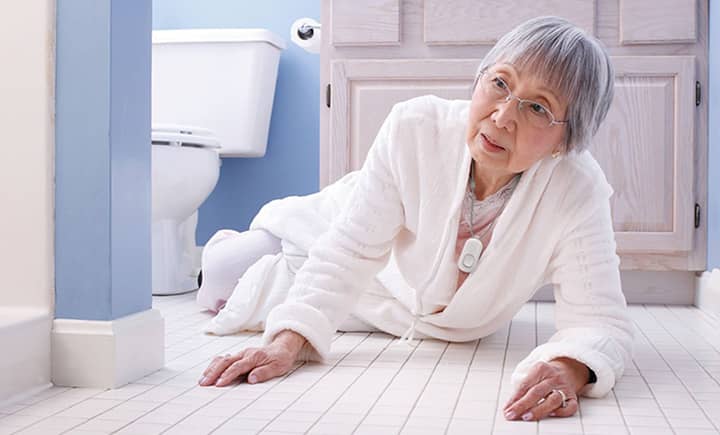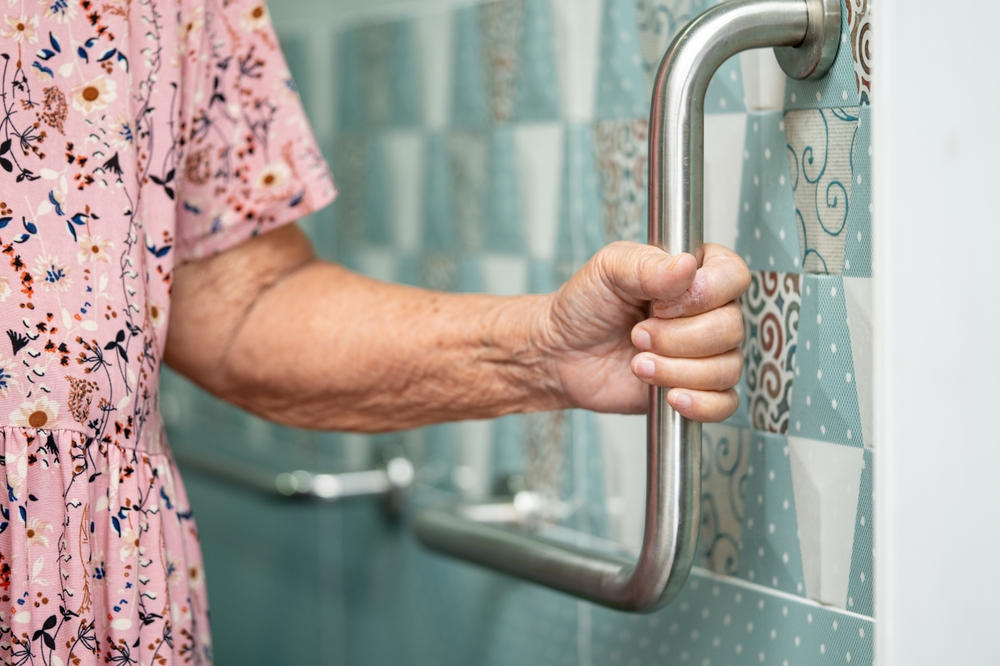As we age, maintaining physical fitness becomes increasingly important. For seniors, engaging in fitness programs can significantly enhance their quality of life. However, one critical aspect that must be considered is fall detection. In this article, we will explore the importance of fall detection in senior fitness programs and how it can improve safety and well-being for the elderly.

The Importance of Fall Detection
Falls are a common and serious issue among seniors. They can lead to significant injuries, loss of independence, and even death. Therefore, integrating fall detection systems into senior fitness programs is essential to ensure the safety of participants. By detecting falls promptly, caregivers and healthcare providers can respond quickly, reducing the potential for severe injuries.
Understanding Fall Risks
Seniors are at a higher risk of falling due to various factors, including decreased muscle strength, balance issues, and certain medical conditions. Understanding these risks is the first step in implementing effective fall detection systems. By identifying individuals who are most at risk, fitness programs can tailor exercises to improve balance and strength, thereby reducing the likelihood of falls.
Technology in Fall Detection
Modern technology plays a crucial role in fall detection. Devices such as wearable sensors and smart home solutions are increasingly being used to monitor seniors’ movements and detect falls. These technologies provide real-time alerts to caregivers, enabling them to take immediate action. Smart home solutions, in particular, are gaining popularity due to their ability to integrate seamlessly into daily life.
Benefits of Fall Detection in Fitness Programs
Incorporating fall detection into senior fitness programs offers several benefits. It not only enhances safety but also boosts confidence among participants. Knowing that help is readily available in case of a fall can encourage seniors to participate more actively in fitness activities.
Promoting Independence
One of the primary goals of senior fitness programs is to promote independence. By reducing the risk of falls through effective fall detection, seniors can maintain their independence for longer. This is particularly important for those who wish to live in their own homes rather than moving to assisted living facilities.
Enhancing Quality of Life
Regular physical activity is known to improve overall health and well-being. For seniors, participating in fitness programs can lead to better physical health, mental well-being, and social interaction. Fall detection systems ensure that these benefits are not overshadowed by the fear of falling.
Implementing Fall Detection Systems
Implementing fall detection systems in senior fitness programs requires careful planning and consideration. It involves assessing the needs of participants, selecting appropriate technology, and training staff to respond effectively to fall alerts.
Choosing the Right Technology
There are various fall detection technologies available, each with its own advantages and limitations. Wearable devices, for example, are popular due to their portability and ease of use. However, they may not be suitable for all seniors, particularly those with mobility issues. IoT sensors offer an alternative by providing comprehensive monitoring without the need for wearable devices.
Training Staff and Participants
For fall detection systems to be effective, staff and participants must be adequately trained. This includes understanding how the technology works, recognizing fall alerts, and knowing how to respond appropriately. By ensuring everyone is informed, fitness programs can maximize the benefits of fall detection technology.
Challenges and Considerations
While fall detection systems offer significant benefits, there are challenges and considerations to keep in mind. These include the cost of technology, privacy concerns, and the need for regular maintenance and updates.
Addressing Privacy Concerns
Privacy is a major concern for many seniors and their families. When implementing fall detection systems, it is crucial to ensure that personal data is protected and that participants are aware of how their information is used. Privacy-friendly solutions are available, offering effective monitoring without compromising personal privacy.
Balancing Cost and Benefits
The cost of fall detection technology can be a barrier for some senior fitness programs. It is important to weigh the costs against the potential benefits, such as reduced healthcare expenses and improved safety. Many programs find that the investment is worthwhile given the positive impact on participants’ lives.
Future Trends in Fall Detection
The field of fall detection is rapidly evolving, with new technologies and innovations emerging regularly. Future trends include the integration of artificial intelligence and machine learning to improve accuracy and predict falls before they occur. These advancements promise to enhance the effectiveness of senior fitness programs further.
AI and Machine Learning
Artificial intelligence (AI) and machine learning are set to revolutionize fall detection. By analyzing patterns in movement and behavior, these technologies can predict falls and alert caregivers before they happen. This proactive approach has the potential to significantly reduce the incidence of falls among seniors.
Wearable Technology
Wearable technology continues to be a popular choice for fall detection. Advances in design and functionality mean that these devices are becoming more comfortable and user-friendly. Future developments may include features such as heart rate monitoring and GPS tracking, providing comprehensive health monitoring for seniors.
Conclusion
In conclusion, fall detection is an essential component of senior fitness programs. By integrating effective fall detection systems, programs can enhance safety, promote independence, and improve the quality of life for participants. As technology continues to evolve, the potential for even greater improvements in senior fitness and safety is immense.

FAQs
What is the primary purpose of fall detection in senior fitness programs?
The primary purpose of fall detection in senior fitness programs is to enhance safety by quickly identifying falls and allowing for prompt response, thereby reducing the risk of serious injuries.
What technologies are commonly used in fall detection?
Common technologies used in fall detection include wearable sensors, smart home systems, and IoT devices. These technologies provide real-time monitoring and alerts.
How can fall detection improve the quality of life for seniors?
Fall detection improves the quality of life for seniors by promoting independence, enhancing safety, and encouraging active participation in fitness programs, leading to better overall health and well-being.
This article contains affiliate links. We may earn a commission at no extra cost to you.






